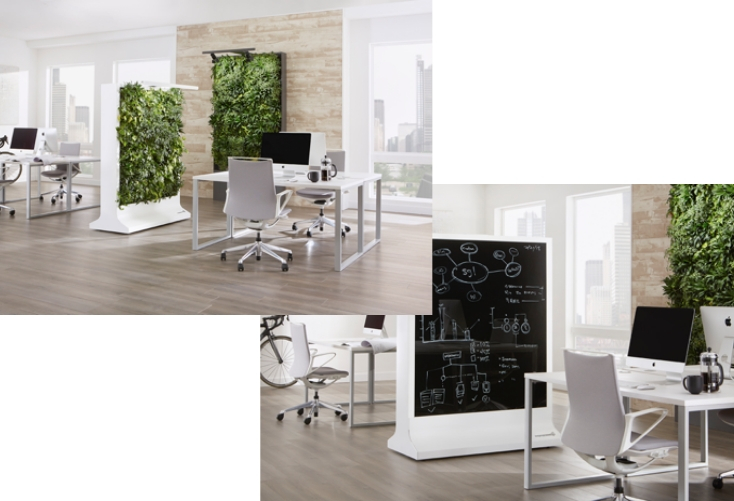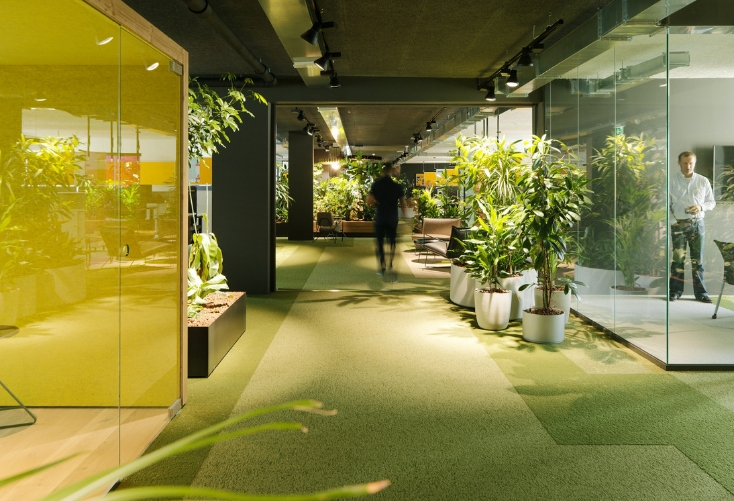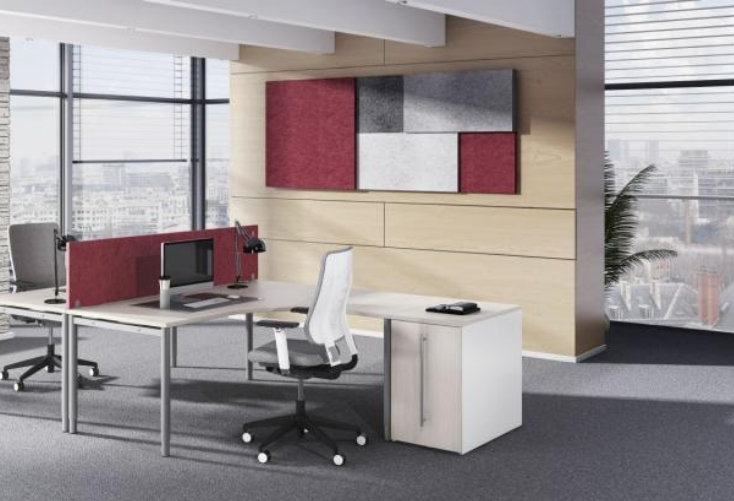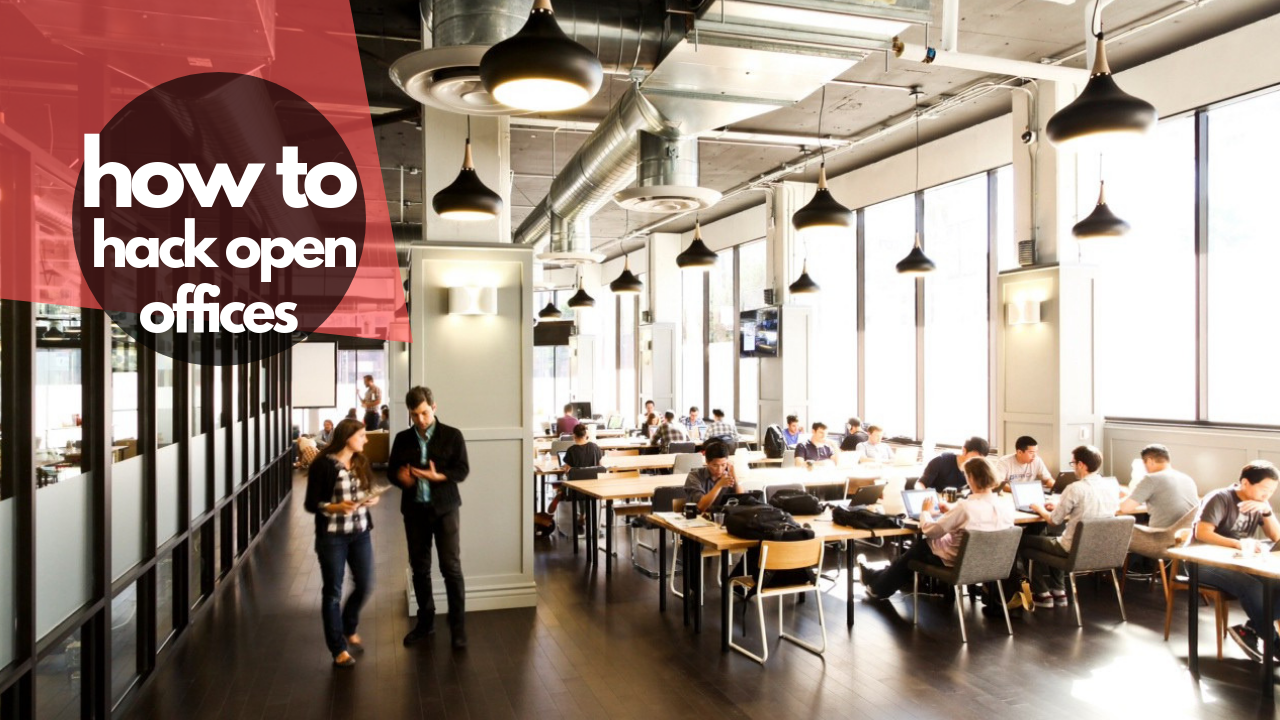- Open offices are under attack. What began as a collaboration dream has now evolved into a privacy-lacking, distracting reality.
- But open-plan workspaces are a great tool for professionals when they don’t need to carry out focus work, and they are still very much in demand.
- Utilizing a variety of contemporary design ideas, workspace operators and occupiers can make the most of the open office without compromising on privacy.
Open office plans have been under attack lately.
In a recent article in Fast Company, the author writes that “open offices are bad for the people who work inside of them – and companies themselves are guilty of squeezing too many people into too small of a space.” Another article in the same magazine was titled “Everyone hates open offices. Here’s why they still exist”.
Samuel Scott wrote an opinion piece in The Drum specifically about how much he hates open plan offices. The article is titled “How do I hate open plan offices? Let me count the 63 ways”.
We can’t leave Allwork.Space out of this list. Last year we published an article highlighting findings from a study that concluded that open plan offices are damaging its workers’ ability to concentrate and be productive.
What originally began as a collaboration and productivity-infused dream has now evolved into a privacy-lacking, distracting reality.
It’s no wonder the open plan office is under fire.
Workers “tuning out” of their surroundings
A study carried out last year found that open plan workspaces actually decrease face-to-face interaction. A survey, carried out by Unispace, found that increased noise and lack of privacy and private areas are the most common complaints associated with open environments. This has led workers to regress from collaboration and tune out of their surroundings.
But, does this really mean the end of the open office?
Not necessarily, or at least it shouldn’t.
Open plan workspaces are a great tool for professionals when they don’t need to carry out focus work. Moreover, being surrounded by constant buzz and interaction (to a certain extent) can help motivate people to work and fulfill tasks.
The main issue with open plan work areas seems to be when there’s lack of choice and options; especially when professionals need privacy and quiet areas to carry out their work. This doesn’t mean companies and workplace designers need to go back to cubicles and walls.
Suggested reading: “The Modern Workplace is about Balancing ‘Me’ and ‘We’ Spaces”
How to Hack the Open Office
Embrace Partitions
Sometimes all people need is visual privacy. Being able to see a clear divide between where they’re sitting and where the others are can do the trick. This can be achieved by using movable whiteboards or partitions that individuals can move around as needed; or by a table that doubles as a whiteboard.
Last week we saw some of the most innovative workplace products presented at Paperworld 2019, which included Wilkhahn’s Timetable Lift and Sigel’s Agile Boards Meetup. There are other similar products like Sagegreenlife’s Verdanta Collection which features the Productivity wall that has plants on one side, and on the other a blackboard or whiteboard.

Go Green!
Plants are not only good for wellness purposes, they are also great at combating workplace noise. Installing a row of plants between open plan desk areas or in front of glass partitions can go a long way. It provides individuals with enough privacy without closing them off. Check out the 7 best low-maintenance plants for the workplace.


Acoustic Panels and Decorations
Noise is the most common complaint among open plan users, so it follows that one way to make open offices more bearable is by reducing noise. Plants are great at this, however there are also acoustic solutions you can easily implement. Acoustic panels can be used for decoration in the walls or they can also be hung from the ceiling. Also think about using sound absorbing materials and incorporating them into your overall workplace design.

Sometimes people simply need a bit of peace and quiet in order to be productive. For open plan areas to work, you need to have private areas to which people can escape, as well. These private areas can come in the form of small or large meeting rooms, private offices, phone booths, and pods.



 Dr. Gleb Tsipursky – The Office Whisperer
Dr. Gleb Tsipursky – The Office Whisperer Nirit Cohen – WorkFutures
Nirit Cohen – WorkFutures Angela Howard – Culture Expert
Angela Howard – Culture Expert Drew Jones – Design & Innovation
Drew Jones – Design & Innovation Jonathan Price – CRE & Flex Expert
Jonathan Price – CRE & Flex Expert











